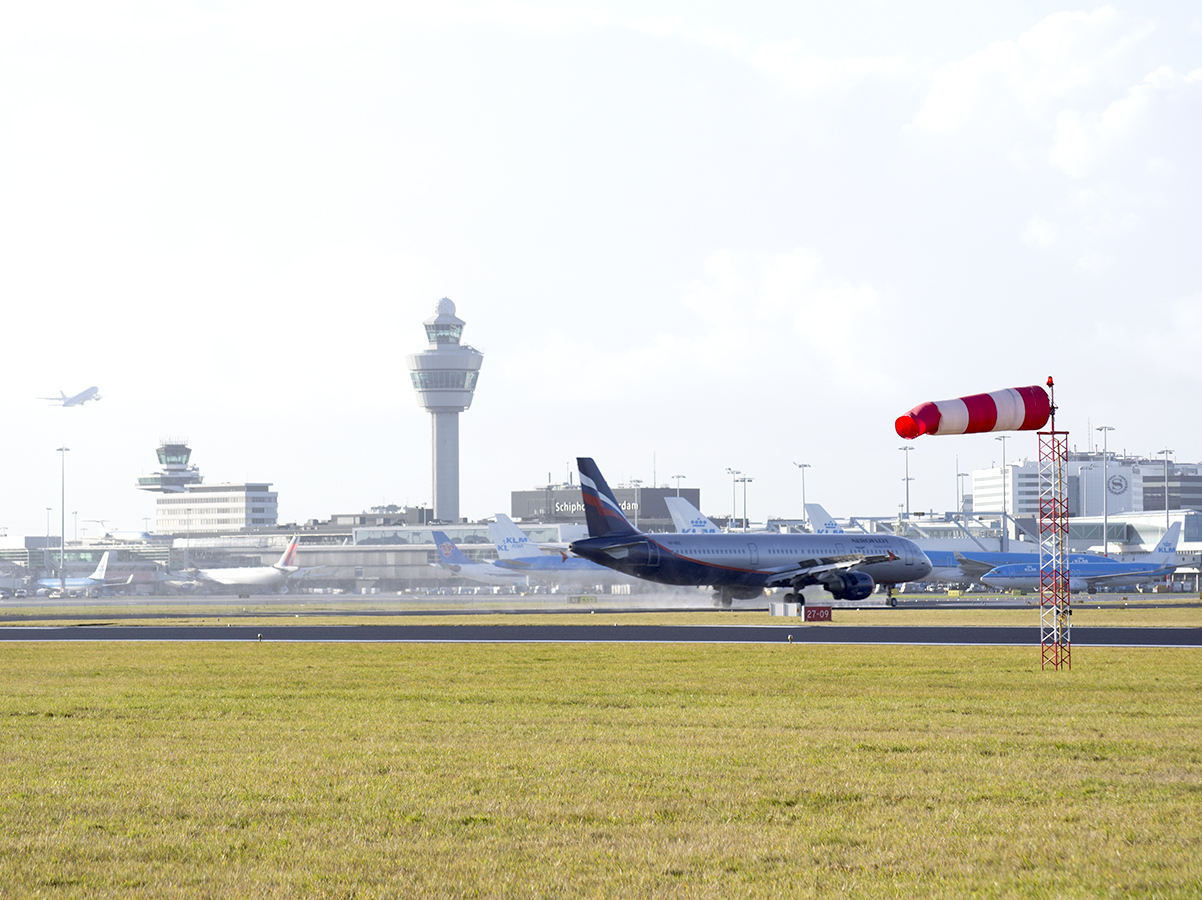Europe’s airports report passenger traffic growth of 9% during the first half of 2017, the best result in more than 10 years.
Passenger traffic at Europe’s airports grew by an average 9.0% during the first half of 2017, according to data released by trade association ACI Europe. The association’s director general, Olivier Jankovec, described the result as by far the best first-half performance in more than 10 years.
According to the association, growth was driven by a mix of one-off factors and more structural ones. These include markets affected by terrorism last year bouncing back, the return of strong passenger demand in Russia and to a lesser extent in Turkey, continued improvement in the economy and oil prices consistently remaining below $55 per barrel.
EU and non-EU markets posted similar results : +8.7% and +9.9%, respectively.
The Top 5 busiest airports recorded a passenger traffic increase of +4.3% in H1 – a notable improvement over their 2016 performance (+1.6%). Amsterdam-Schiphol topped the league in terms of growth (+8.7%), followed by Paris-CDG (+5.2%), Frankfurt (+4.5%), London-Heathrow (+3.9%) and Istanbul-Atatürk (-1.1%).
Stronger growth focused mainly on secondary hubs and medium sized airports – reflecting evolving competitive dynamics largely driven by Low Cost Carriers and non-EU Full Service Carriers. In this regard, the best performing airports included Keflavik (+39.7%), Kiev (+29.4%), Antalya (+29.2%), St Petersburg (+26%), Warsaw (+24.7%) and Brussels (+23.4%).
Jankovec said the outlook was very positive for the rest of the year with the economy — especially in the Eurozone — expected to maintain its growth trajectory and oil prices set to remain contained. He added that Brexit remains the number one worry for many airport CEOs – given the continued uncertainty surrounding negotiations. “The countdown to March 2019 keeps ticking and if no progress is achieved in the coming months, we are likely to see negative impacts on aviation kick in already next year,” he warned.

